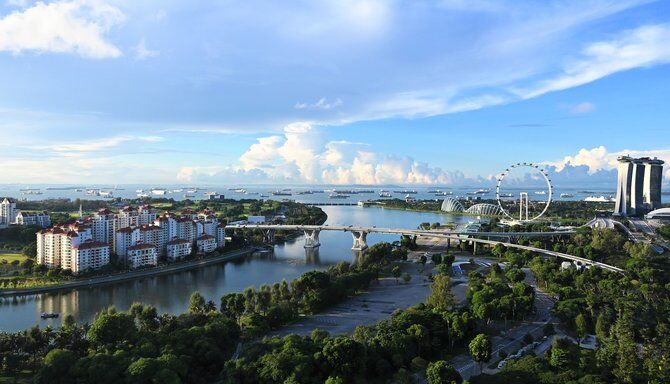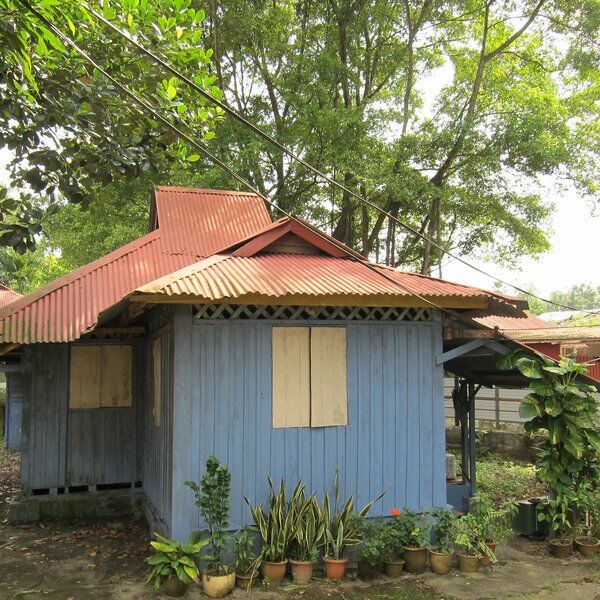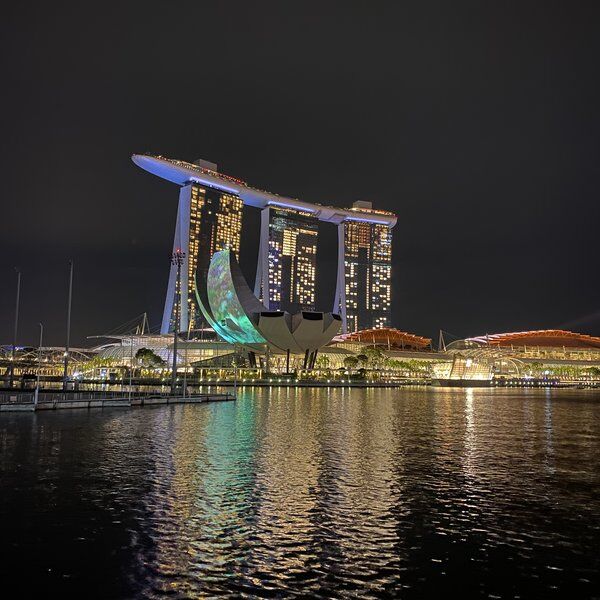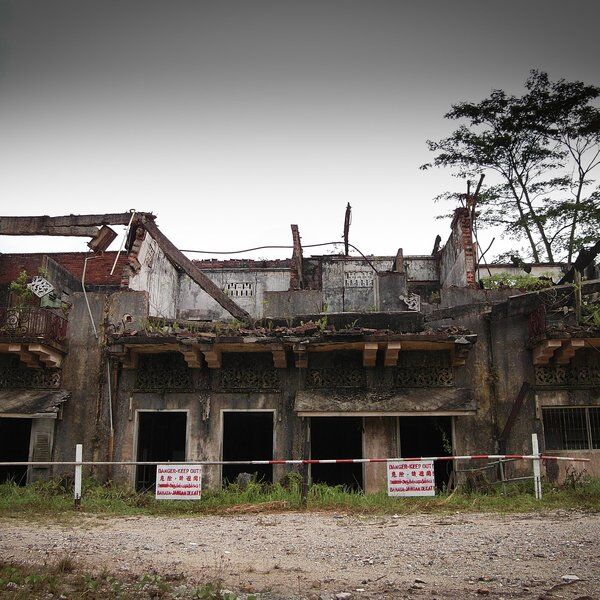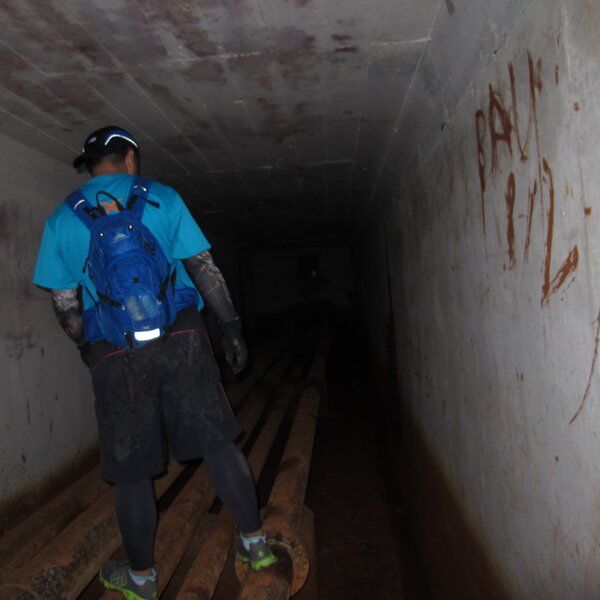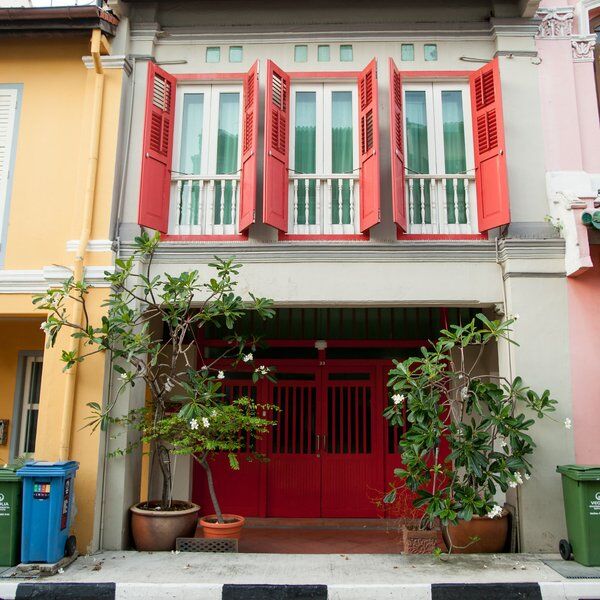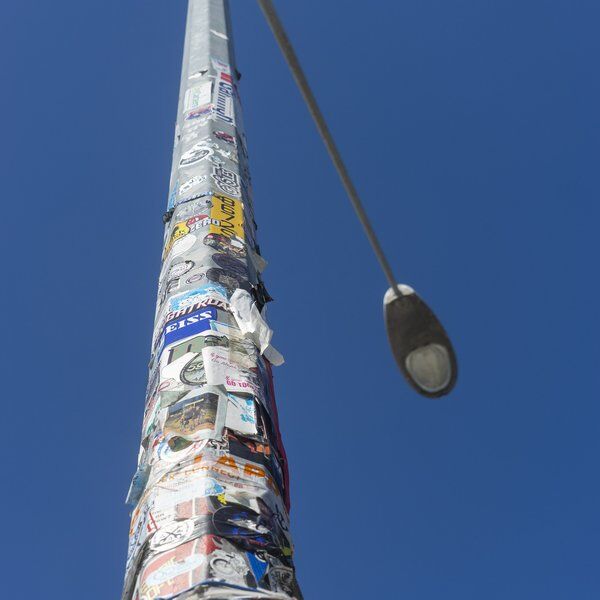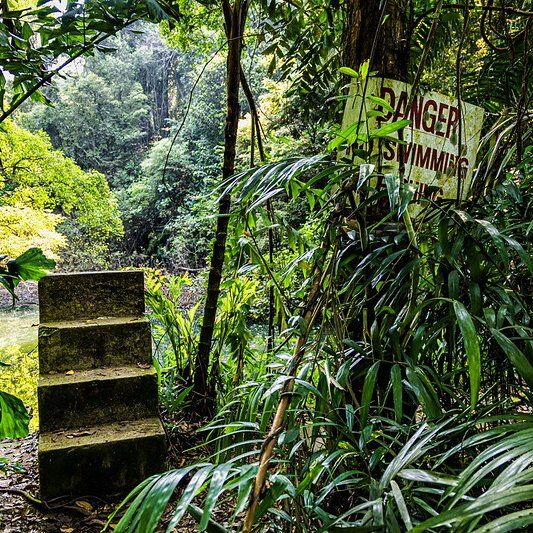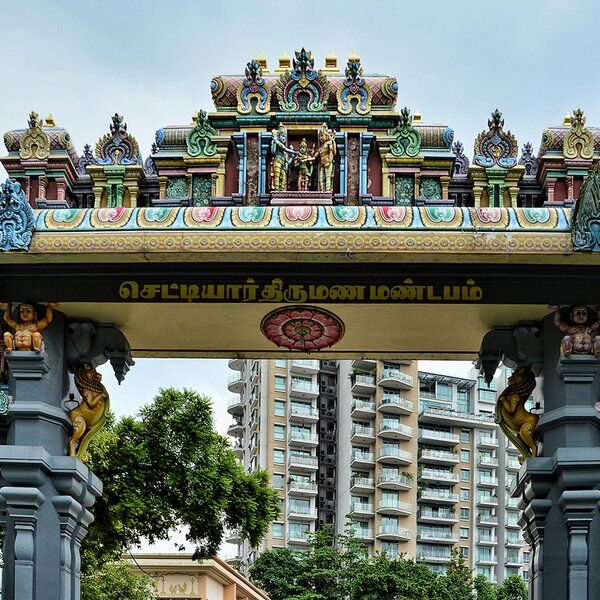Fort Connaught: A Military Legacy
Fort Connaught is the remnant of a series of Singaporean coastal forts on Pulau Blakang Mati – Sentosa Island – built in the mid to late 1800s. Alongside Fort Siloso and Fort Serapong, Fort Connaught formed a significant part of the island’s defence landscape. Today, it remains a well-preserved fortification with an intriguing history that was vital to Singapore’s military strategy.
Fort Connaught’s Historical Significance
After its completion in 1880, Fort Connaught became central to Singapore's comprehensive defence system. Originally it was named Blakang Mati East, referring to its strategic location on Sentosa Island, which provided a commanding view of the surrounding waters. This enabled the Fort to play a crucial role in safeguarding Singapore's shipping passages and other maritime interests at Keppel Harbour.
After a visit to Singapore from the Duke of Connaught in 1890, the Fort assumed its new title in his honour. From a defensive naval fortification, Connaught’s purpose evolved over time, to accommodate changing military needs and geopolitical landscapes.
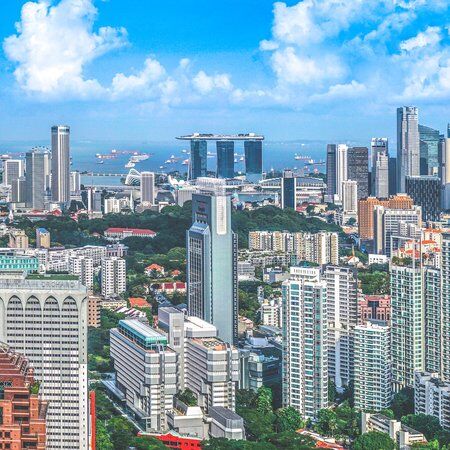
Arming Fort Connaught
The architecture of Fort Connaught reflects the military engineering prowess of its time. The Fort’s walls were built up high and sturdy and were initially armed with three 7-inch Rifled Muzzle Loading (RML) guns and two 64-pounder RML guns. The similarities of the gun emplacements at Fort Connaught and Fort Siloso testify to their matching roles in Singapore’s defence strategy.
In 1885, the guns were replaced with two 9.2-inch Mark IV guns, which were later upgraded to the Mark X versions of the gun. This occurred after 1937, when the fort was rebuilt to add a third 9.2-in gun to the fort. As the second largest model installed in Singapore – the largest on Sentosa – these guns could defeat most contemporary warships. This made them vital in the island’s deterrence against threats from Japan during World War II (WWII).
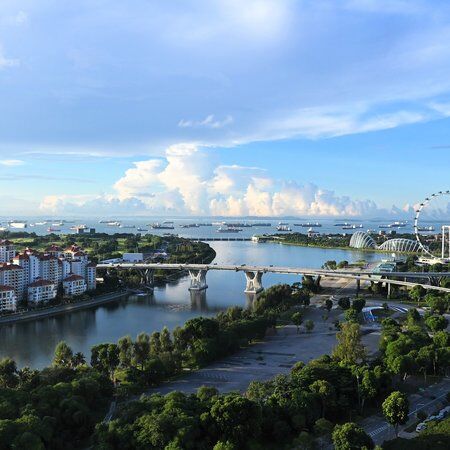
Fort Connaught in the Battle for Singapore
As part of their advance in December 1941, Japan sought to avoid engaging Sentosa’s network of forts, by invading Malaysia and then moving South into Singapore. However, they did not anticipate that the impressive 9.2-inch Mark X guns at Connaught could be turned beyond the normal range, facing them as they invaded.
There was a downside to the Mark X guns though; they had to be loaded manually meaning their operation required significant effort. Each 380-pound shell had to be lifted and moved by the troops from the storage room to the gun before they were carefully loaded into the gun to be fired. Despite the exhausting effort of keeping the guns firing, it was reported that from 1:30 am to sunrise, 11th to 12th February 1942, sixty-three shells were fired from Fort Connaught every few minutes. By 14th February, during the demolition of the Fort’s guns, all stored shells had been fired. As a final part of the battle, troops rallied from Fort Siloso and Fort Serapong to form a defensive formation at Connaught until they were eventually overthrown by the Japanese.
“This is an excellent site and there has been little damage. The approaches to it are good and it is not badly overgrown. Comparatively little effort would be necessary to restore this battery".
At the end of WWII it was decided that Fort Connaught would not return to service, despite Colonel Rice’s optimistic assessment of its damages.
Adaptive Reuse and Preservation
In the years that followed the Battle for Singapore, Sentosa saw extensive redevelopment. Much of the Fort Connaught hill was removed and the soil was used to create Sentosa Cove in the East. This left the remaining 9.2-inch gun emplacements standing like two lonely mounts on levelled ground, until they were later filled in and the Fort came to form part of the Sentosa Golf Club. Today golfers use the former Fort area as a welcome rest break, which grants them panoramic views of the golf course. Other areas of Fort Connaught have been surrendered to nature and so it is no longer safe to access them.

Our Thoughts…
As a testament to the resilience and adaptability of Singapore, Fort Connaught has been subsumed into its modern landscape. It stands as a sentinel of Singapore's military heritage, encouraging visitors to Sentosa to think back on the efforts of the troops and their inexhaustible commitment to the country's defence.
In February and March 2023 there were all-access tours provided to take a deeper look at the Fort and its tunnels and gun emplacements. However, they have since stopped so visiting Fort Connaught is no longer possible - until the tours resume!
Explore Singapore with CityDays
The fascinating city of Singapore awaits - and there’s no better time to explore it than right now!
CityDays create fun, interesting and challenging trails around the world to help you immerse yourself in a city’s culture, history and quirks. We’ll show you hidden gems, share some fascinating facts and even offer you the chance to win prizes for your brilliance.
We also provide Singapore team building activities to help your colleagues have a seamless day of bonding, learning and fun!
Want to find out more?
Check out all our available activities in Singapore here and embark on an adventure you’ll never forget: CityDays awaits!

